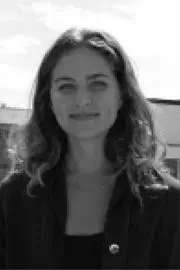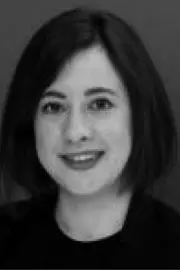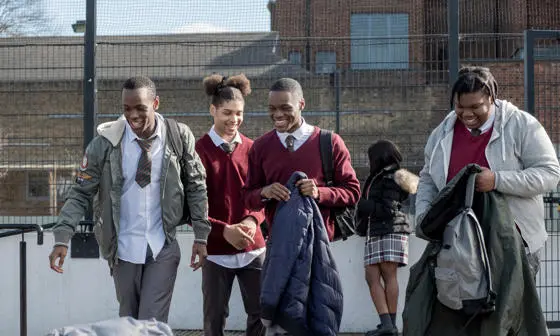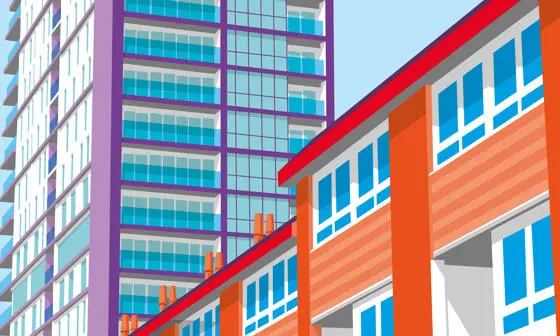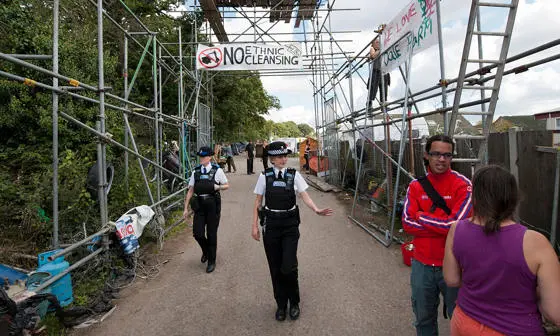Reclaiming the streets: addressing the link between urban planning and structural inequality
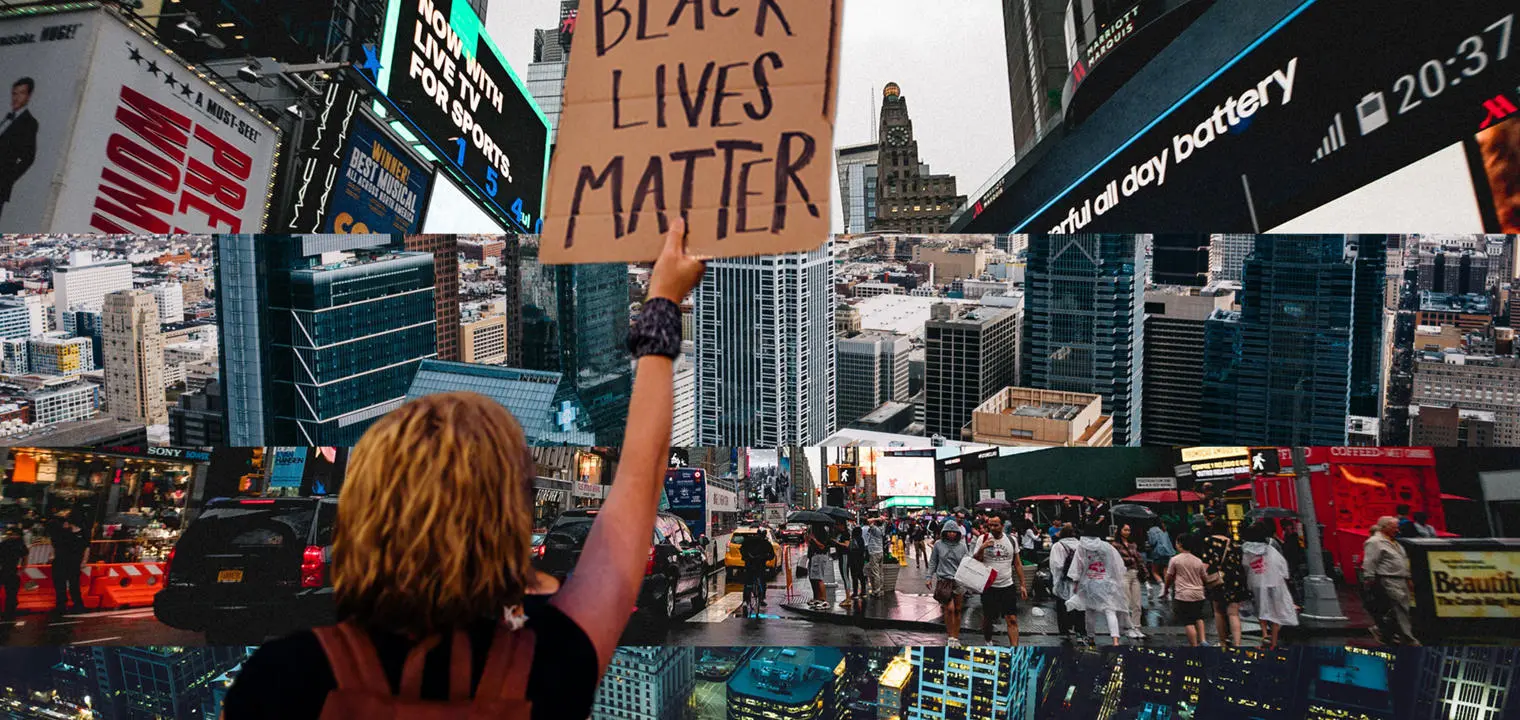
Contents
In February 2021, New York City Council voted to shut the jail complex on Rikers Island and turn the site into a renewable energy hub. The decision to turn the home of one of the most infamous jails in the United States into an environmental project might sound like an easy one. But issues of deprivation, historical injustice and regeneration, if not approached sensitively, could end up negatively impacting the same communities that have historically been most damaged by the prison.
"A lot of people are behind this project, but many are also asking, what do we do with the institutional memory? How do we ensure these improvements do justice to the people who have been implicated in the prison site or system for a really long time?" explains Katie Mulkowsky. "Because if this move spearheads a process of green gentrification in New York City, the communities who will benefit most won’t necessarily be those who have been historically hurt by the justice system."
"The question is, how does one redevelop such a site in a way that involves the individuals or the families and neighbourhoods that have really felt its social, economic and spiritual burden for so long? And if planners and developers don’t actively try and address that question, an opportunity for something really transformative can actually be missed."
We’re there not just to do a job but to help people. We can’t just be warehousing people or building taller and taller buildings without any acknowledgement of how urban ecosystems function.
Katie Mulkowsky, a founding member of Planning for Justice (a research initiative based in the Department of Geography and Environment’s Urban Planning programme at LSE), is explaining the power that urban planning can have to either improve or reduce a community’s quality of life. From poor doors, which separate home-owners from those with a social housing tenancy, to regeneration projects that oversee the destruction of whole neighbourhoods, losing the history and culture of those who lived there before - urban planning has the ability to either create, or to cement, societal inequalities.
Responding to Black Lives Matter and the global call to end structural racial injustices
It is this issue that Planning for Justice, a coalition of graduate students, alumni and faculty, hopes to address. Established in response to the waves of protest that spread around the world following George Floyd’s killing, the initiative aims to examine the relationship between urban planning and systemic inequality, bringing together sources from across the world in an archival library for practitioners to access and for the next generation of urban planners to learn from.
"The Black Lives Matter protests really seemed to awaken this reckoning about questions of systemic inequality and how they manifest in many national contexts" explains Katie Mulkowsky. "And so, our starting point for this project was to respond to these conversations and to specifically ask ourselves how urban planning and the built environment professions have been historically involved."
Planning has often historically been an agent that has upheld division and systemic difference in cities, but it can also be a tool to seek restorative and reparative justice.
The team spent the summer gathering and archiving materials on planning from around the world, subsequently launching the repository with 300 sources – from case studies and academic pieces to blog posts, podcasts and artworks. With international contributors, it has already grown significantly, sparking questions and debates over how urban planners can ensure that cities work for all those living in them, rather than select members of the population.
"We hope this archival database will be a democratic tool for activists and other community members, as well as practitioners, to start to address these issues" says Fanny Blanc, a Policy Officer at LSE London and a member of Planning for Justice.
"Planning has often historically been an agent that has upheld division and systemic difference in cities, but it can also be a tool to seek restorative and reparative justice. There are difficult questions that we must address when looking at improving our cities, and we hope our archive will help architects and planners to work in a more ethical way."
How has urban planning impacted structural inequality?
The link between urban planning and inequalities is a complex one, manifesting differently in different cities around the world.
"That’s really what our library aims to dig in to," says Fanny Blanc. "In the UK, for example, we can see that decisions around housing - the areas chosen and the types of housing built for example - have, in some cases, segregated the population and deprived them of the access to transport, health and education."
In America historic structural inequalities can be seen to play out in different ways. Katie Mulkowsky elaborates: "In a lot of North American cities the after effects of racial segregation are still prominently felt through practices like red lining, which means avoiding investment in communities that are seen as unfavourable or ‘high-risk’ – typically areas with large minority populations – but we also have later practices, like zoning, that aren’t necessarily seeking to separate people on the basis of their difference but work to do this because of how land values or how the housing market works."
The team have also started to uncover patterns which feed into the debate around how spaces are perceived and how they could be better planned.
"We are starting to see examples in research coming out of London and other European cities that are less about acts of built environment or geographical separation, but rather looking at communities. So for example, which communities are actually experiencing the highest COVID rates, or living the closest to industrial pollutants or experiencing the highest concentrations of air pollution?" adds Fanny Blanc. "Issues which are really so relevant now for people in cities across the world."
Housing, statues and the complex ecosystem of a city
Some people believe that building more will make the housing market more accessible, but that doesn’t consider how healthy the environment is where people live.
Breaking down historic and deeply embedded structural inequalities will not be a quick task, nor an easy one, but it is one Planning for Justice hopes to encourage.
"We don’t just want this initiative to be a surface level, box-checking thing," says Katie Mulkowsky. "This is intended to institutionalize questions of injustice in the planning curriculum. Urban planning is, of course, only part of a much wider discussion around cities and structural inequalities, but there is a big question of practice. And there is how we approach this as architects and planners in terms of the projects we agree to, and actually applying a certain level and degree of morality to the work that we do."
The team acknowledges that there are no simple answers, and that planners or developers will approach their work in different ways.
"It is the case that some people believe in the fact that building more will necessarily make the housing market more accessible" says Martina Rotolo, Communications Officer for LSE London and member of Planning for Justice. "But that doesn’t consider how healthy the environment is where people live, or ask what are the most important things that each house should have to guarantee a minimum quality of life to everybody.
"We need to challenge these assumptions that all we need to do is build more houses, make the housing market more accessible, and then people will have more access to houses. This is not necessarily true. We need to not just rethink how to make the housing market more accessible, but also how to ensure good quality housing for everyone."
"We also need to be having these conversations over other areas of our lives," continues Martina Rotolo. "Our library, for example, covers the issue of decolonisation of public spaces and the ways statues can be perceived differently by different groups. We have a lot of resources on this topic in the library to help plan for more inclusive places and cities."
Ethics, morality and asking difficult questions can lead to more creative planning solutions
As the repository continues to grow, so do discussions around where responsibilities lie. Architects, developers and planners may not have the power to do all they want with a project, and there are many wider practices and attitudes that will have to change if structural inequality is to be undone, but, concludes Katie Mulkowsky, that doesn’t mean shirking the big questions.
"We should be reminding ourselves with each project that we’re not just there to do a job, but to help people" she says. "We can’t just be warehousing people or building taller and taller buildings without any acknowledgement of how urban ecosystems function and how land markets function. We can’t just be doing our work because it makes us money.
"Every city and context functions differently, but we should all be stepping back and asking the big questions, like how has our profession historically situated itself in terms of public service? And if we have this enormous wall of information saying, ‘this is what we did wrong,’ what responsibility do we have to learn from that and to do better? We need to be more comfortable in engaging with these questions, because the work of justice shouldn’t be left to the people who are most impacted by the decisions made. We all need to be a bit more literate and careful and confident in playing a part in some necessary changes."
Download a PDF version of this article


